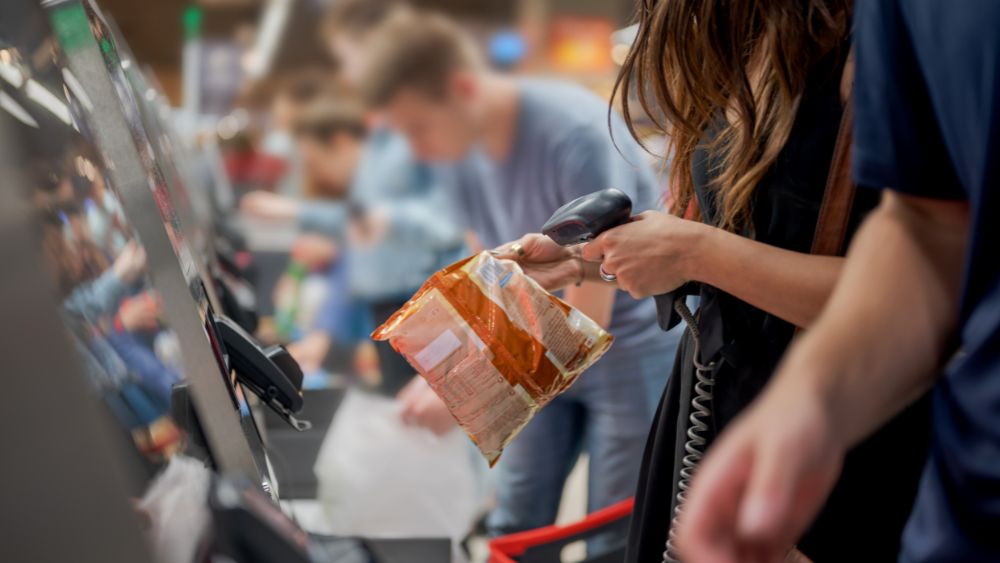In the world of convenience, speed is king. Your customers are in a hurry, and the last thing they want is to get stuck in a checkout line. This isn’t just an annoyance anymore; it’s a business killer. The modern shopper, armed with a smartphone and accustomed to one-click ordering, now defines “convenience” by how frictionless their experience is. This is where many retailers see self-checkout (SCO) as more than a nice-to-have. It is a strategic necessity for survival and growth.
But simply installing a SCO isn’t enough. A successful self-checkout strategy requires a thoughtful approach that blends technology, design, security, and a well-trained team. Here’s your guide to getting it right.
Why Your C-Store Needs Self-Checkout Now
The case for SCO is built on two powerful pillars: overwhelming customer demand and a compelling financial return.
First, your customers want it. A staggering 77% of shoppers choose self-checkout because it’s faster, and for the younger generations who represent your future customer base, the preference is even stronger.1 For them, a long line is a direct failure of a convenience store’s promise. They value the speed, control, and privacy that self-checkout offers.
Second, it makes solid business sense. The goal isn’t to replace your staff, but to optimize their time. By automating the repetitive task of scanning and payment, you free up your employees to focus on higher-value activities like stocking shelves, assisting customers on the floor, and keeping the store clean. A single employee can oversee multiple SCO kiosks, increasing your transaction throughput without increasing your labor hours. With a smaller physical footprint than traditional lanes, you can fit more checkout capacity into the same space, which is critical for handling those morning and evening rushes.2
Choosing the Right Tech for Your Space
The self-checkout market has expanded beyond the traditional kiosk. While those reliable workhorses—complete with scanners, payment terminals, and security scales—are still a great option, newer AI-powered computer vision systems are changing the game. Instead of scanning barcodes, these machines use cameras to identify multiple items at once, cutting transaction times to mere seconds. This can also be a big win for stores with fresh food or other items that aren’t easily barcoded.
Regardless of the system you choose, there are three features to pay special attention to:
- Compact Footprint: Space is precious. Look for modular, small-form-factor units.
- Payment Flexibility: While digital payments are growing, cash is still critical in the c-store environment. An electronic payment-only system will alienate a certain portion of your customers, so you likely will want to include a cash acceptor on at least one of your SCO units at each store.
- Seamless Age Verification: This is the big one. Your SCO system must have a smooth, efficient, and compliant way to handle age-restricted sales. Technology providers have a variety of age-verification solutions. Possible solutions include AI-powered age estimation, camera-vision enabled identification (like the Clear lanes in an airport) or it may be as simple as an alert to a store associate that an age-check is needed at the SCO. The solution that works for your business will ultimately need to be evaluated for what is legally allowable in the store’s jurisdiction.
Design for Success, Not Stress
Where you put your machines is as important as which machines you choose. A poorly designed SCO zone can create new bottlenecks, defeating the purpose of the investment.
The golden rule is to place your self-checkout stations near your staffed cashier lane. This creates a single, unified “commerce zone” that is intuitive for customers and efficient for staff to manage. Use clear signage and consider having a single serpentine queue that feeds into all the SCO stations. This is proven to feel fairer and move the line faster. Additionally, having your SCO near your staffed cashiers allows for more natural engagement between customers and your store personnel.
Most importantly, you must defend your impulse sales. Traditional checkouts are a goldmine for high-margin items like candy, drinks, and snacks. Self-checkout can decimate these sales by up to 20% if you don’t have a plan. The solution? Merchandise the queue and the area around every SCO terminal. Place your best-selling impulse items within arm’s reach of the customer while they are completing their transaction.3
Your Team: The Secret to a Great SCO Experience
Self-checkout doesn’t make your employees obsolete; it makes them more important. Their role evolves from cashier to “Store Ambassador”. They are the friendly face that welcomes customers to the SCO area, the tech expert who can help a first-time user, and the vigilant presence that deters theft.4 When your team is empowered to manage the self-checkout zone effectively, they turn a purely transactional process into a positive, human-centric experience that builds customer loyalty.
By integrating the right technology with smart design, robust security, and an empowered team, your convenience store can deliver on the modern promise of true, frictionless convenience.
As always, we offer a free one-hour evaluation where we can discuss your specific challenges when it comes to your retail technology landscape and the steps we can take to find and implement the right fit for your business.

